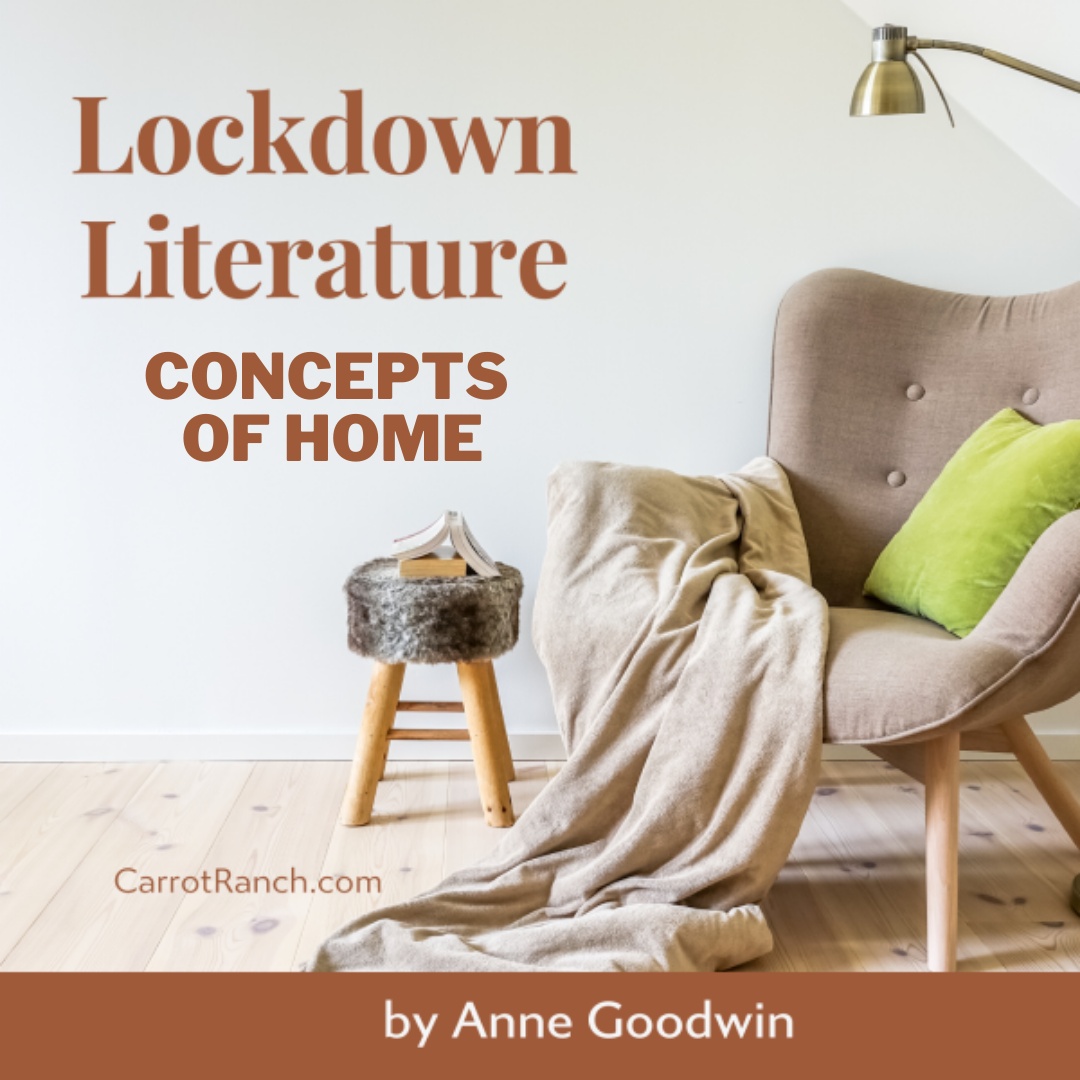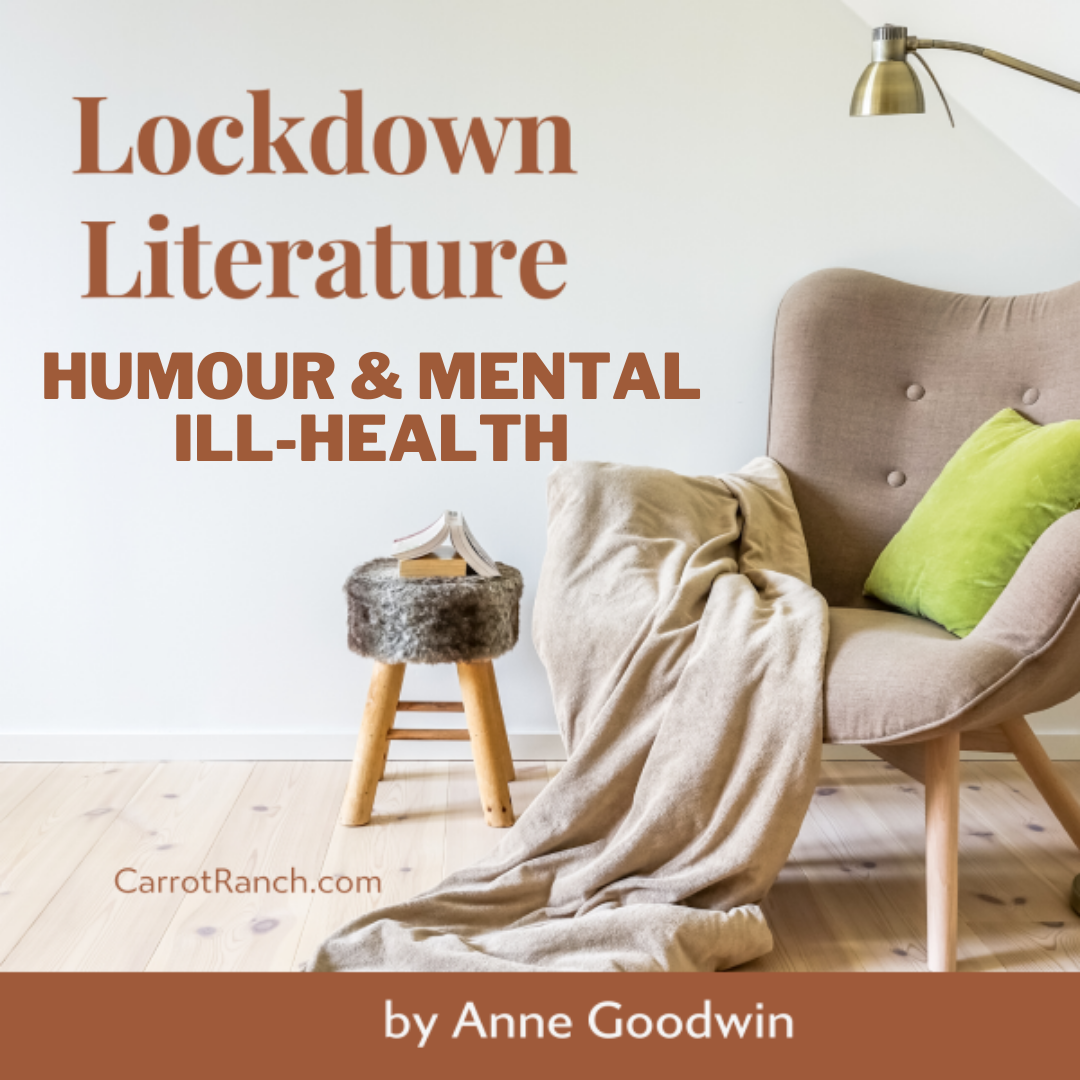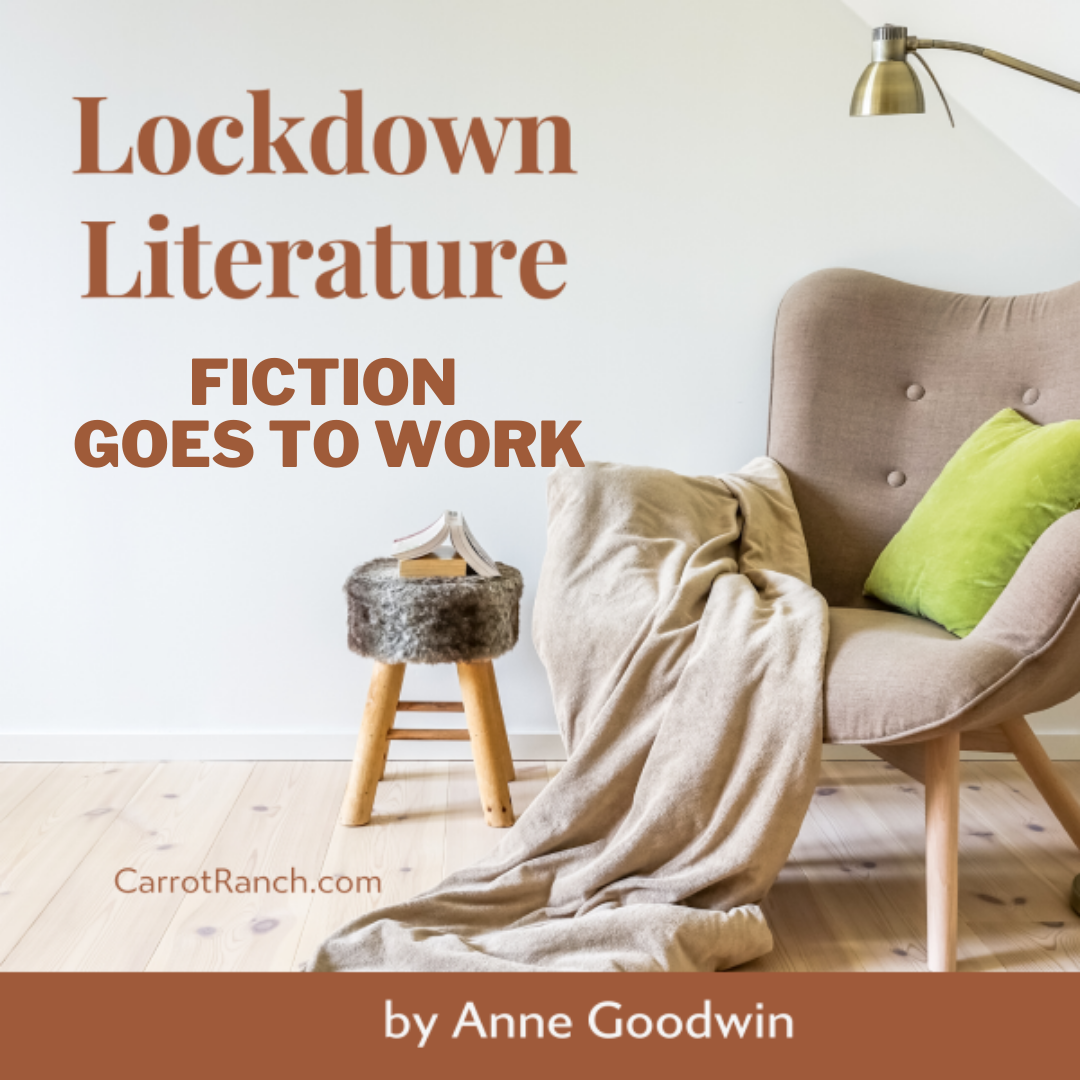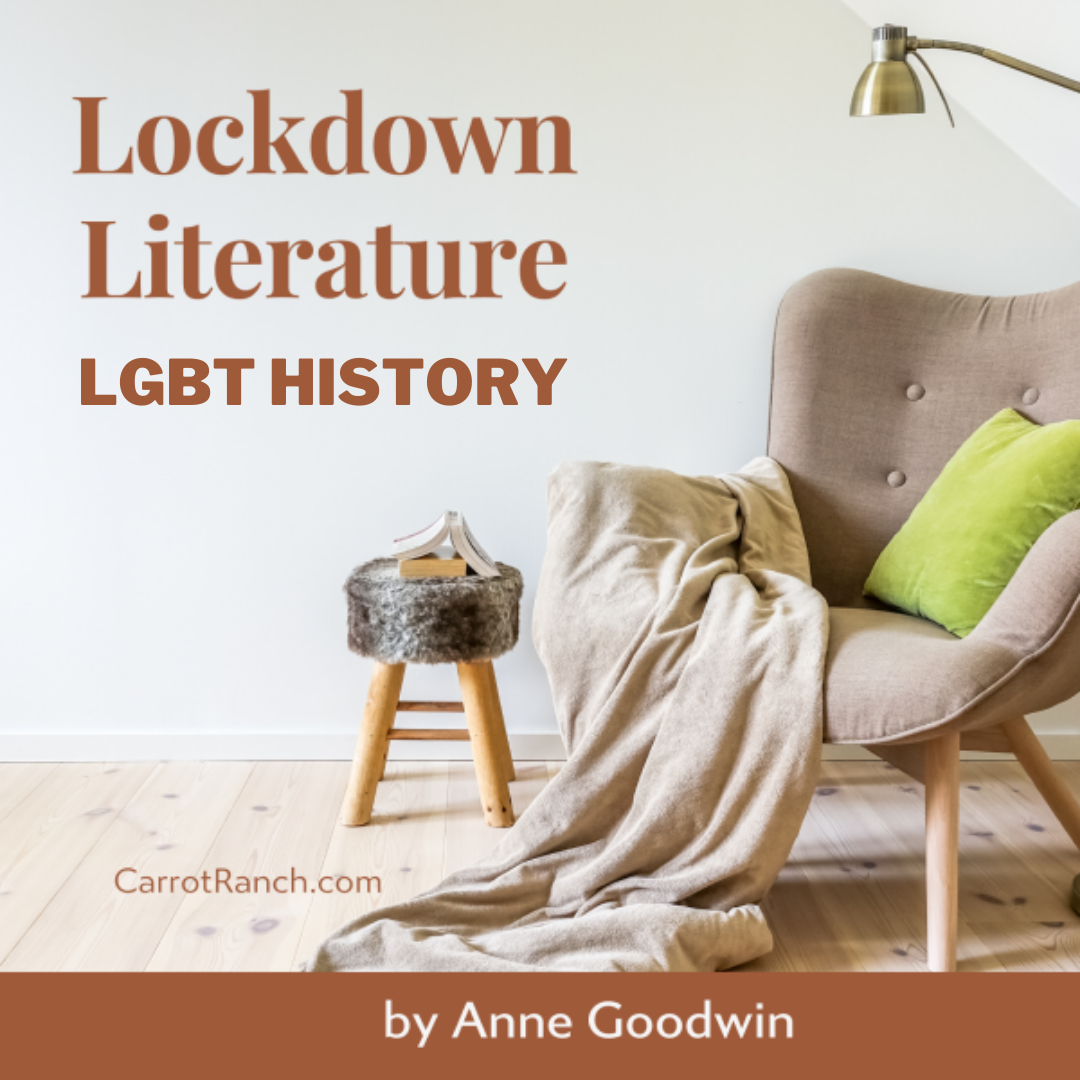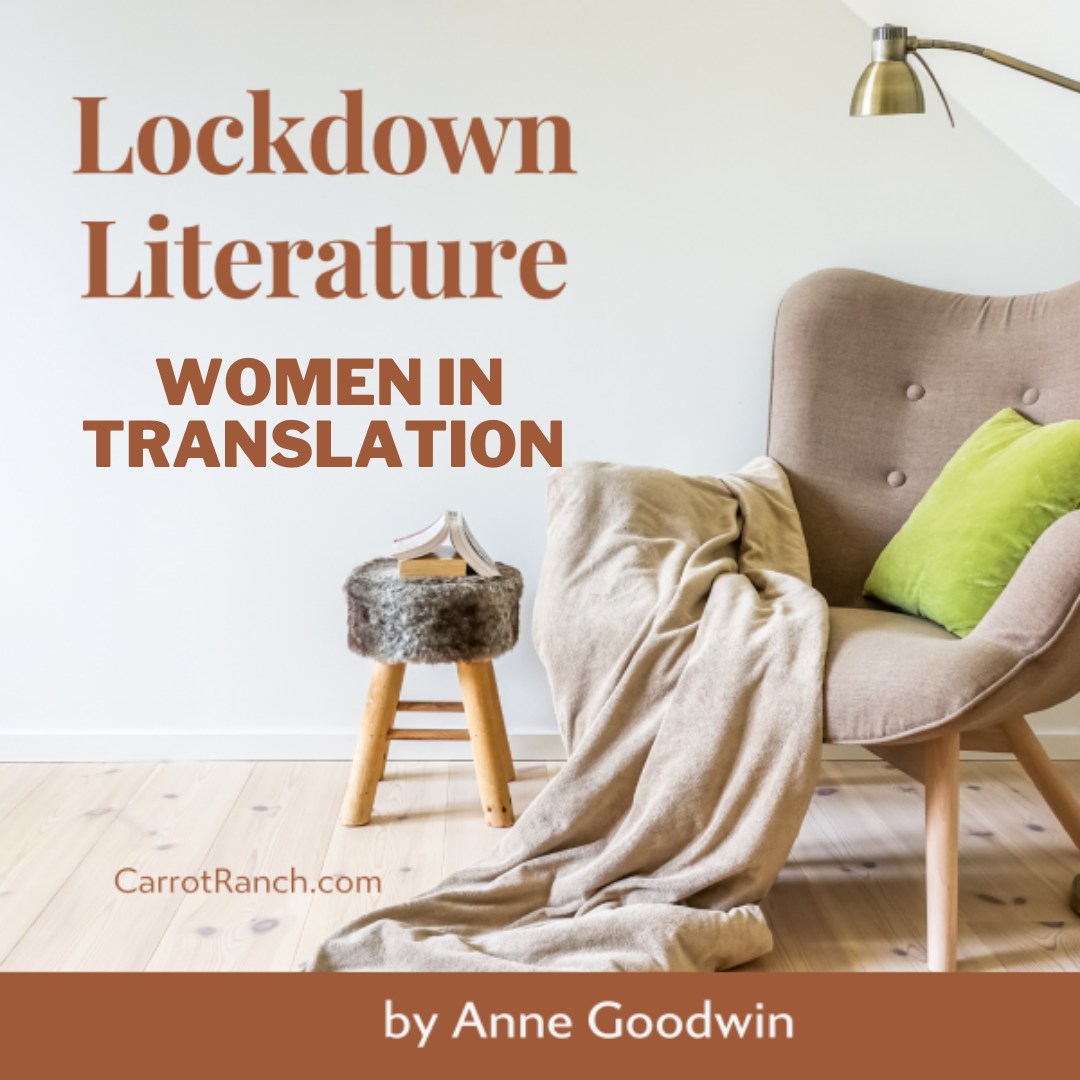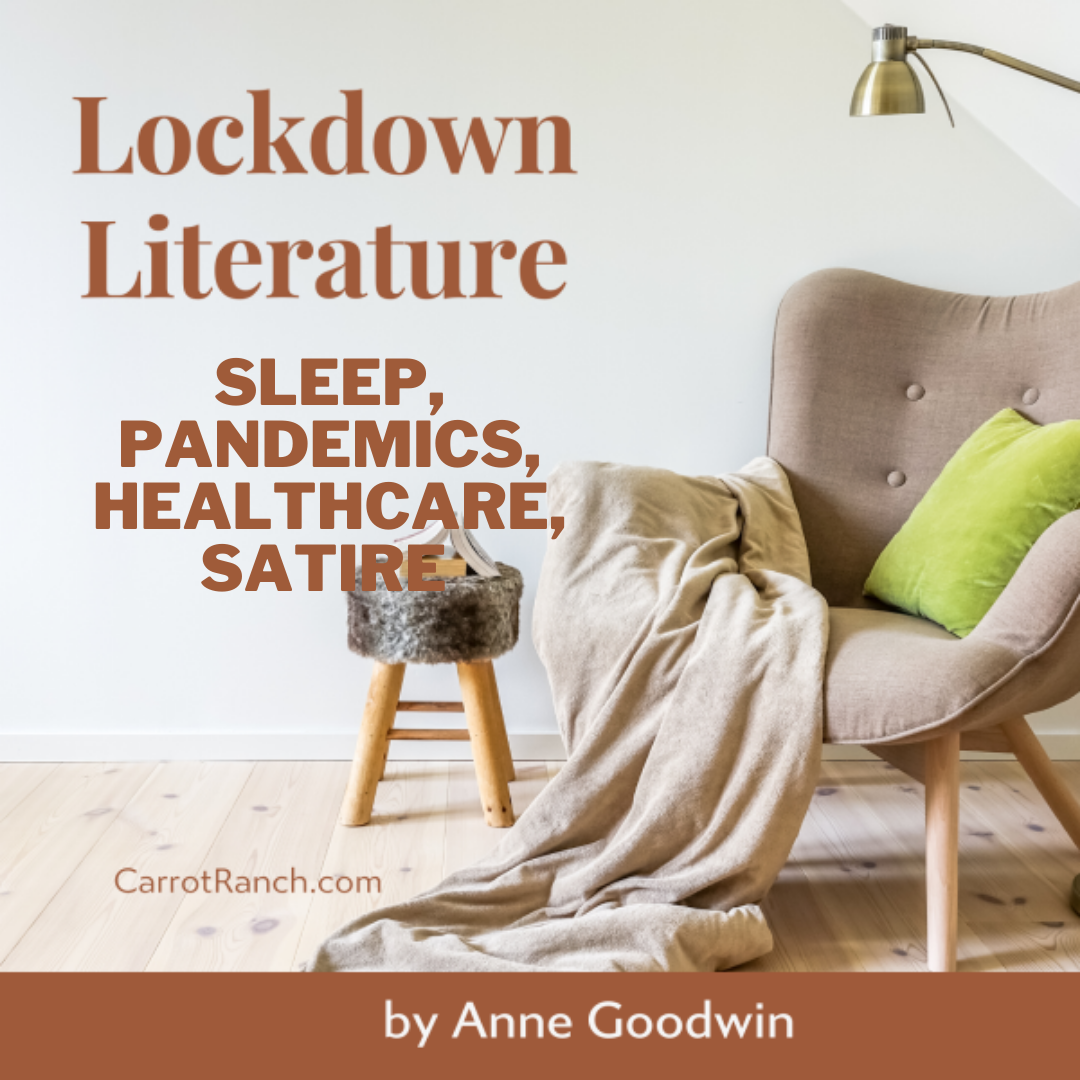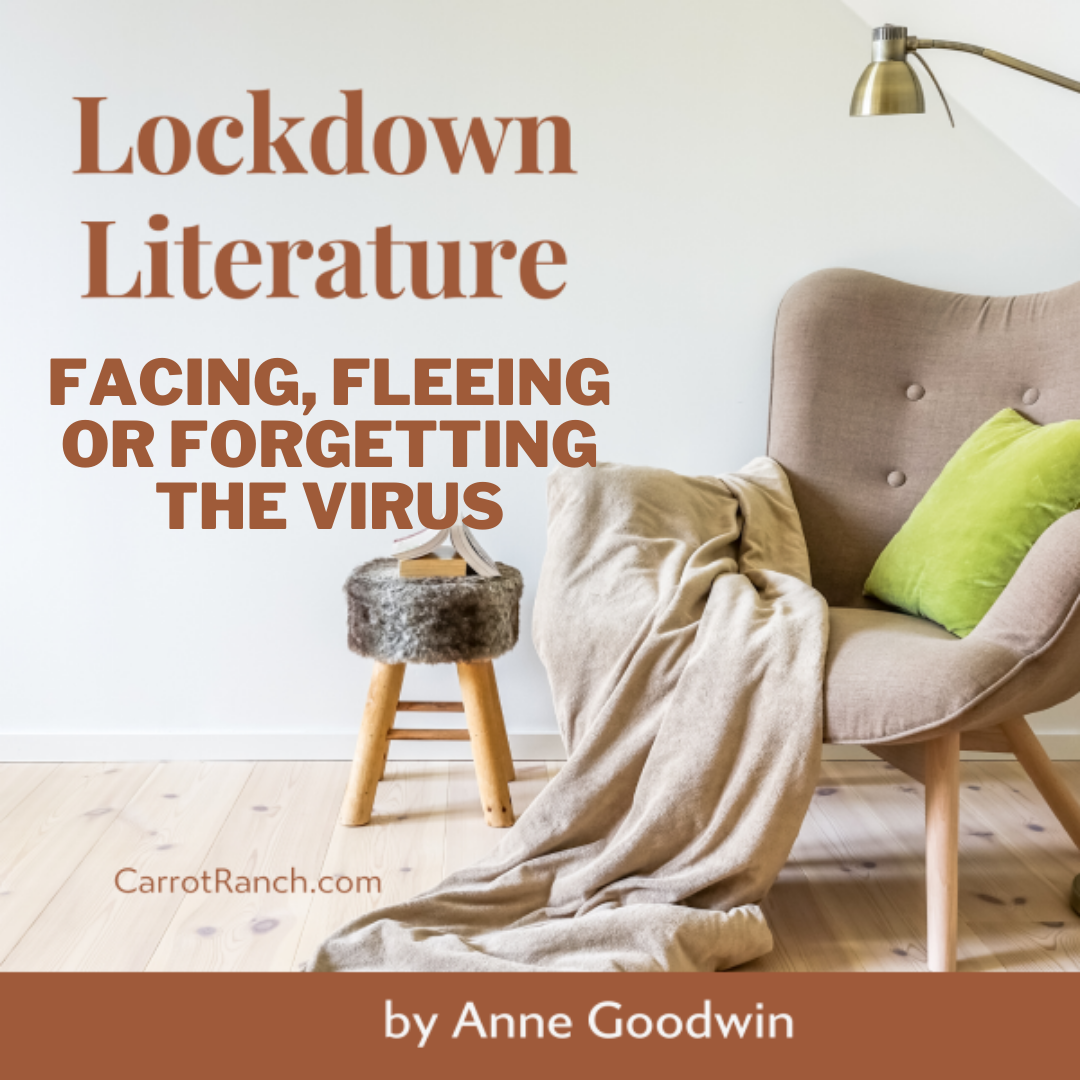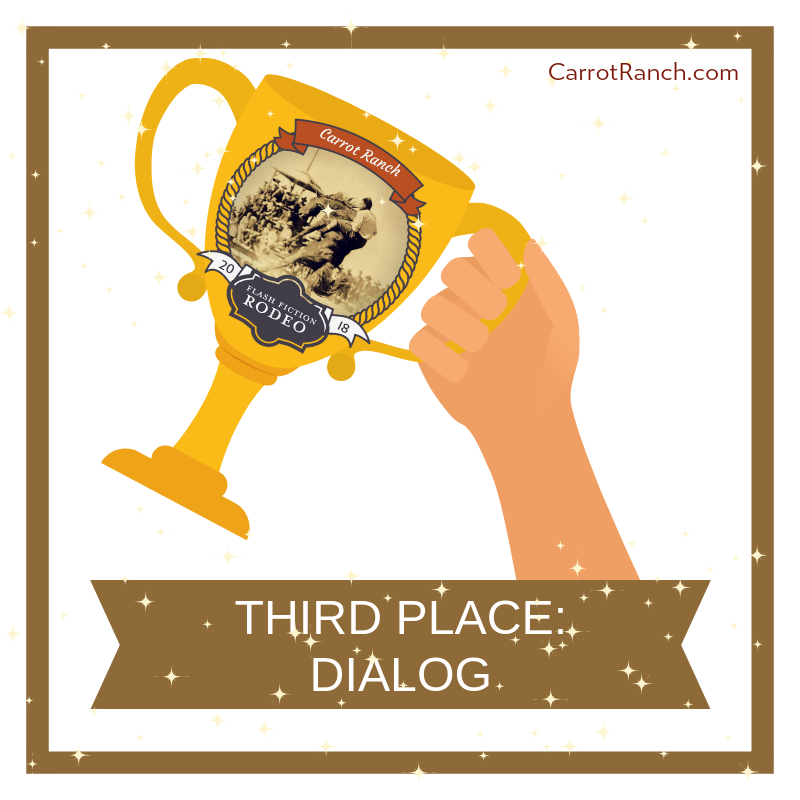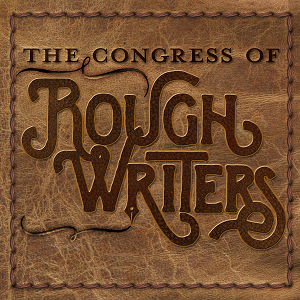| I’ve been away in Yorkshire on a research trip and returned home thoroughly inspired. But it wasn’t until the fourth and final day that I felt so optimistic. Initially, I was ready to abandon this novel completely and wait for the muse to send me something more plausible. Last week, I mentioned my ambivalence about giving my character kidney failure. But with the setting – a former mill town that’s also a World Heritage Site – I felt on firmer ground. Oh, foolish me! |
The novel begins with my character on an early-morning jog on a canal towpath and then alongside a river where she has a rare sighting of a kingfisher. But the bulk of the contemporary strand of the story takes place in her home, a former mill worker’s cottage.
I thought I’d done well drawing on my memories of previous visits to the area and spending hours researching online. I thought I’d done well to book a few nights’ stay in one of those nineteenth century cottages at exactly the time of year my novel takes place. This trip would aid authenticity with a few extra details and correct any serious factual errors. I expected I’d have to tweak my manuscript. I didn’t expect I’d want to rewrite the whole thing.
The second difficulty was her house. I wanted small but this would be a squeeze for my character, her adult son, her therapy practice and her dialysis machine. But, by reminding myself that, when they were built, these were luxury dwellings for mill workers with large families, and by shifting her work to a rented consulting room and online, I’ve managed to make everything fit. I’ve even found a positive in contrasting her cramped accommodation with the grander house of her more affluent friends.
Of course, I’m not striving for one hundred percent accuracy and I’m happy to jiggle the facts to suit the story. But I’m more confident I can entice readers into my fictional world with the real setting much clearer in my mind. However, I might have to get more creative with my character’s drive over the moors later in the story, but I’ll worry about if and when I get that far.
So I’m happy to include my kingfisher even though I’ve no hard evidence they inhabit this part of the river. I’d have been thrilled to meet one but I wasn’t expecting that. Yet, in the wonderful way that fact sometimes follows fiction, I did connect with a stranger, as does my character in the novel, over a chance encounter with a bird.
| With courgettes, beans and gooseberries to harvest, along with this novel now nagging my brain, I thought I might skip this week’s flash fiction challenge, especially when I saw that the prompt was a rubber duck. But I’ve enjoyed where it led me, segueing neatly with the preoccupations outlined here. |
Where her heroine saw dragonflies skimming the sun-kissed surface, the writer saw raindrops stretching to saucers of circular waves. Where her character caught a flash of electric blue as a kingfisher dived into the river, the writer saw a custard-yellow duck. Where the protagonist watched a litter of goslings, the writer saw litter polluting the water.
She couldn’t reach that rubber duck but she could take the idea of it back to her desk. She could float it in her character’s bathtub to spark an argument with the Love Interest. Even a children’s toy can launch a spicy romance.
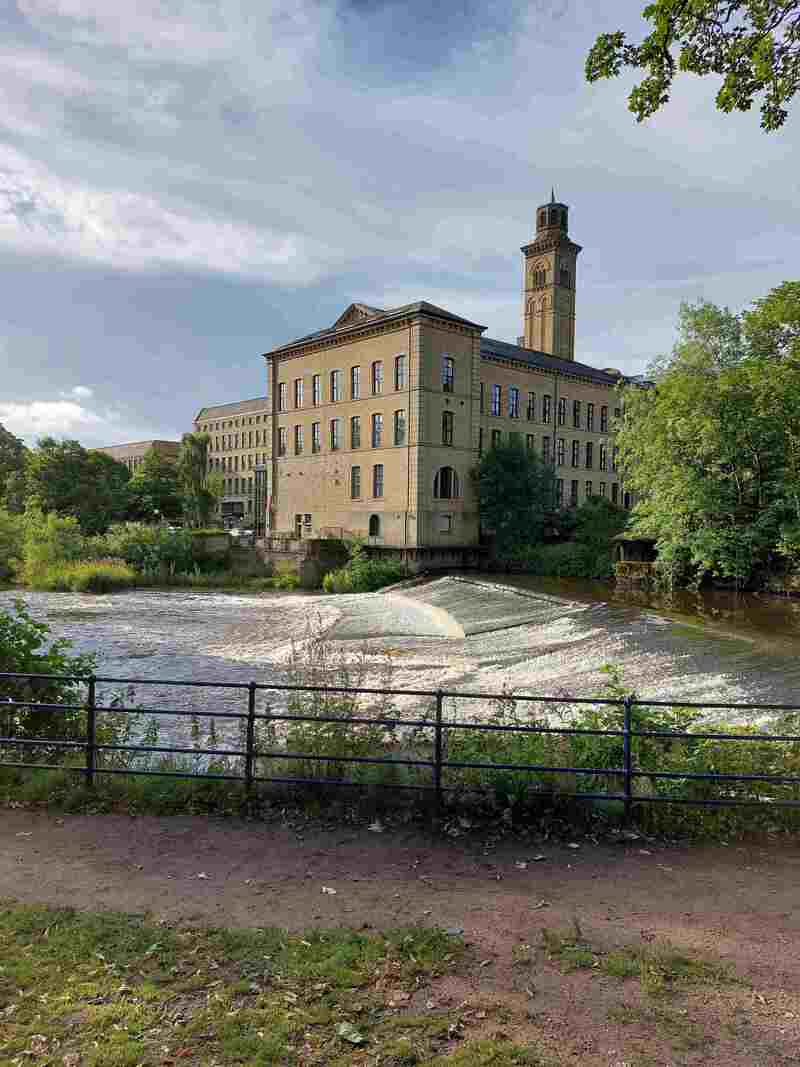
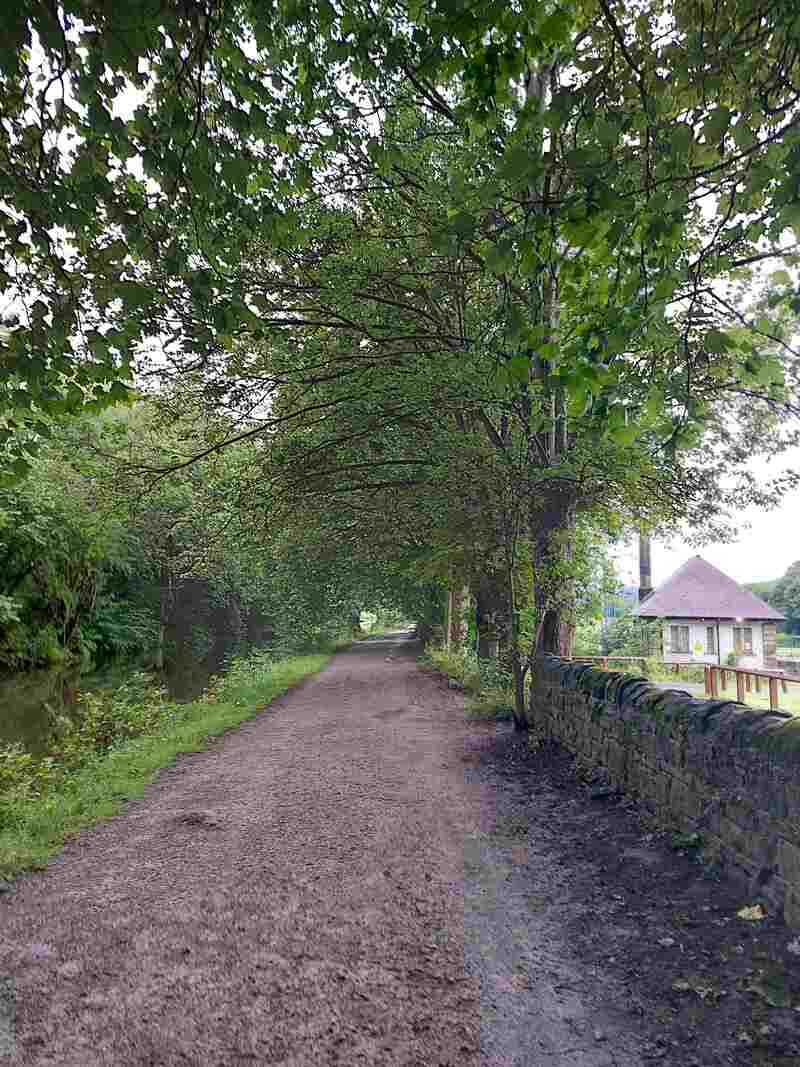
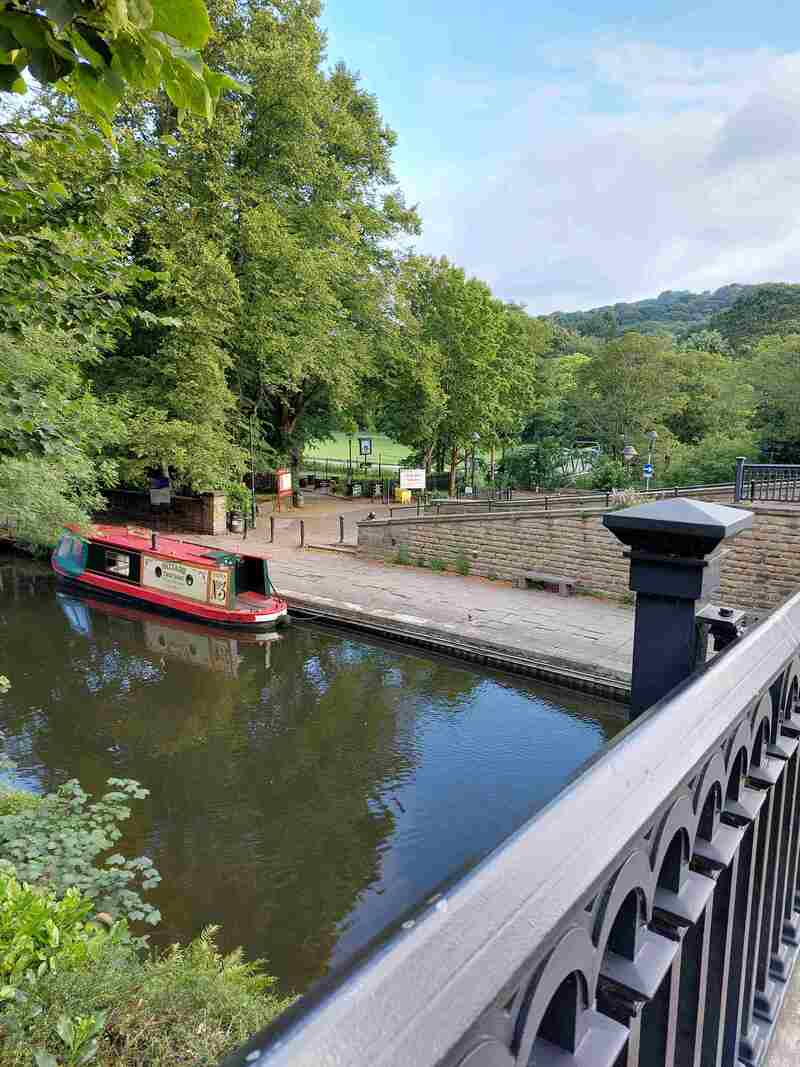

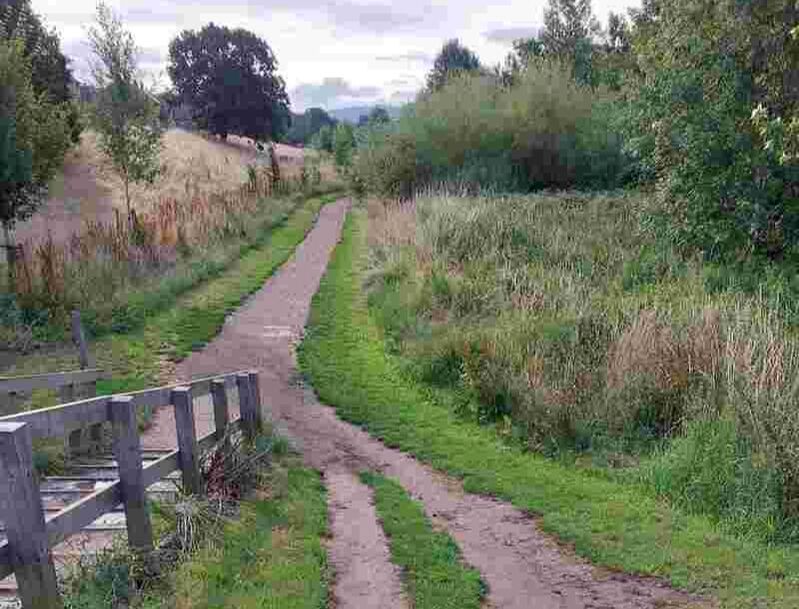
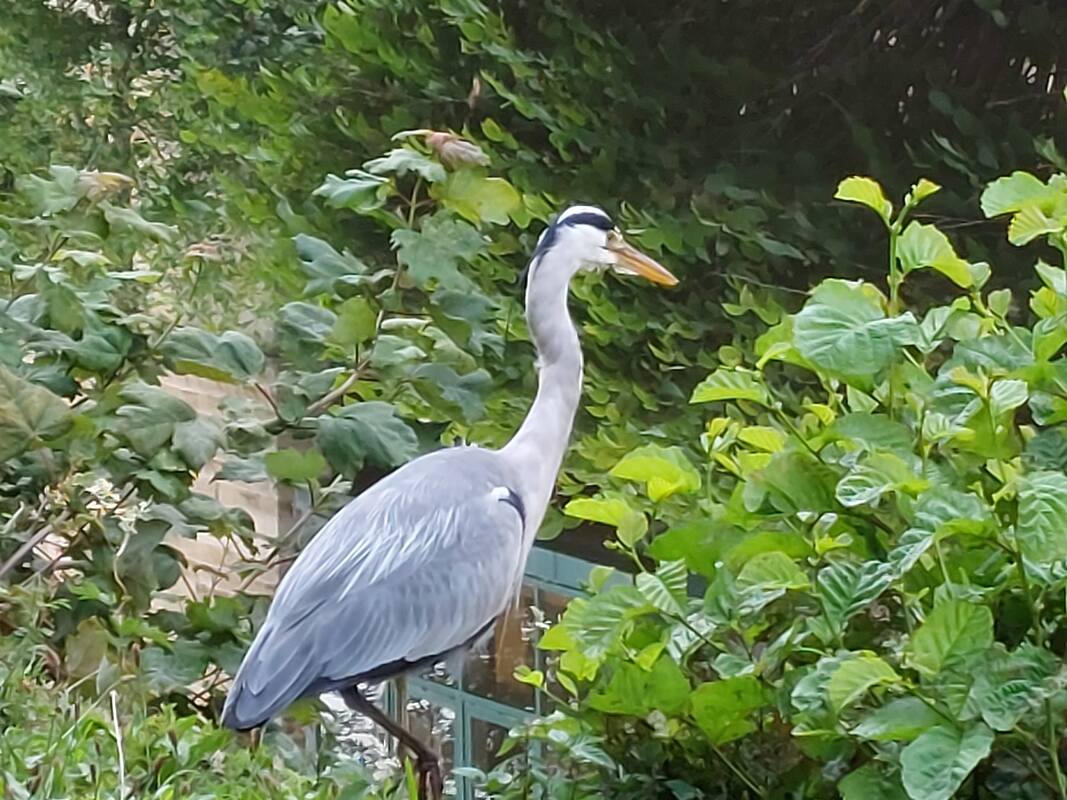
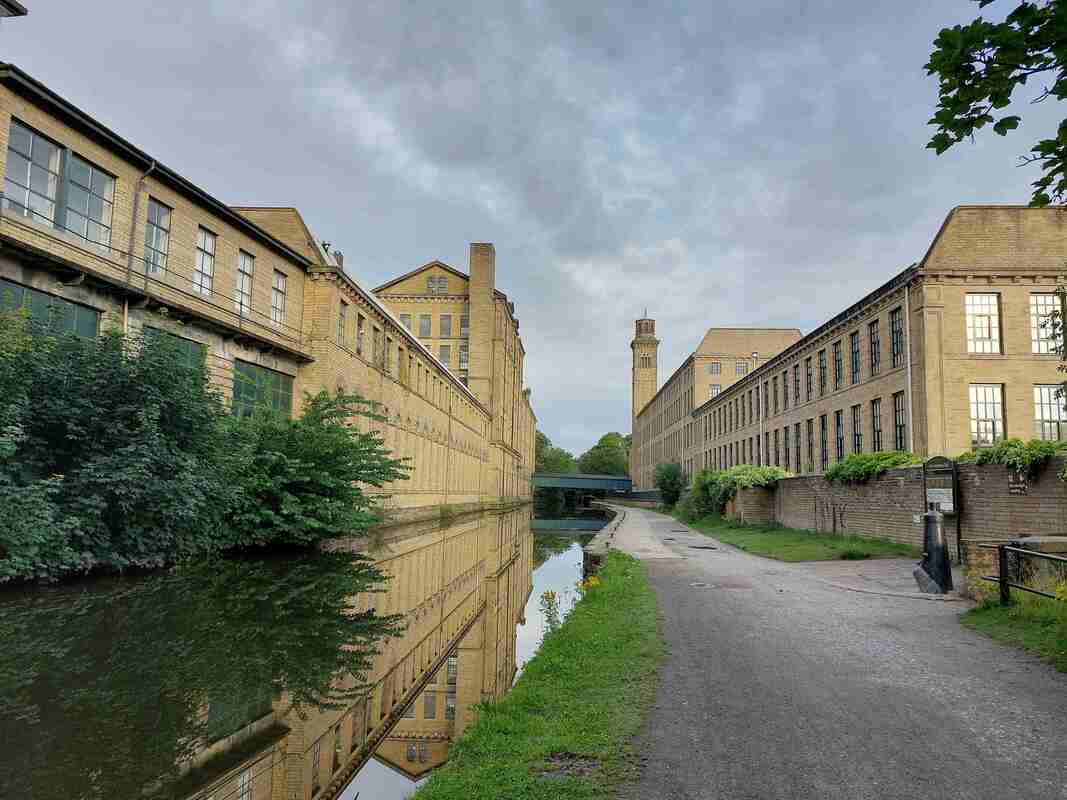
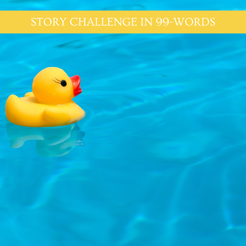

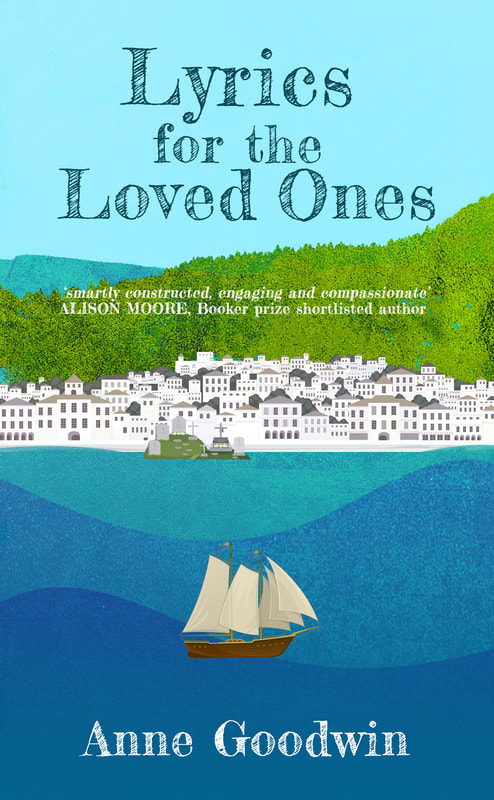
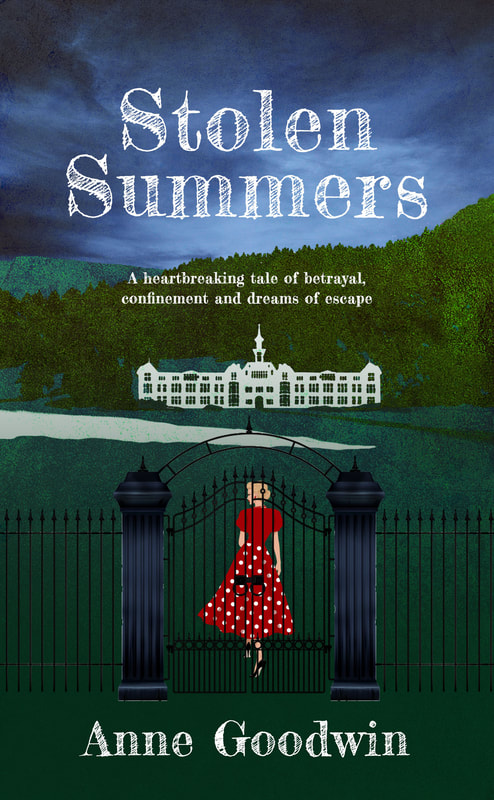


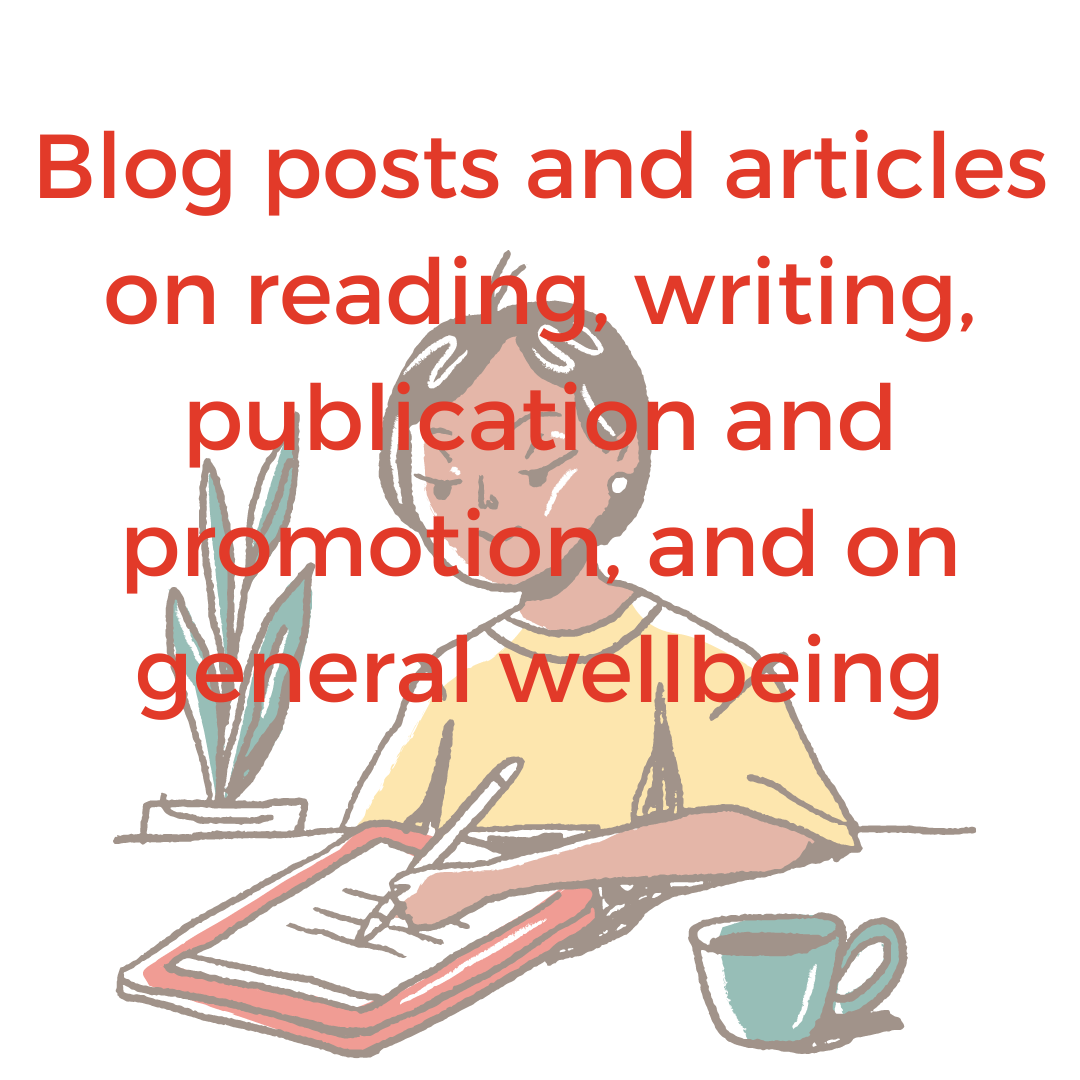

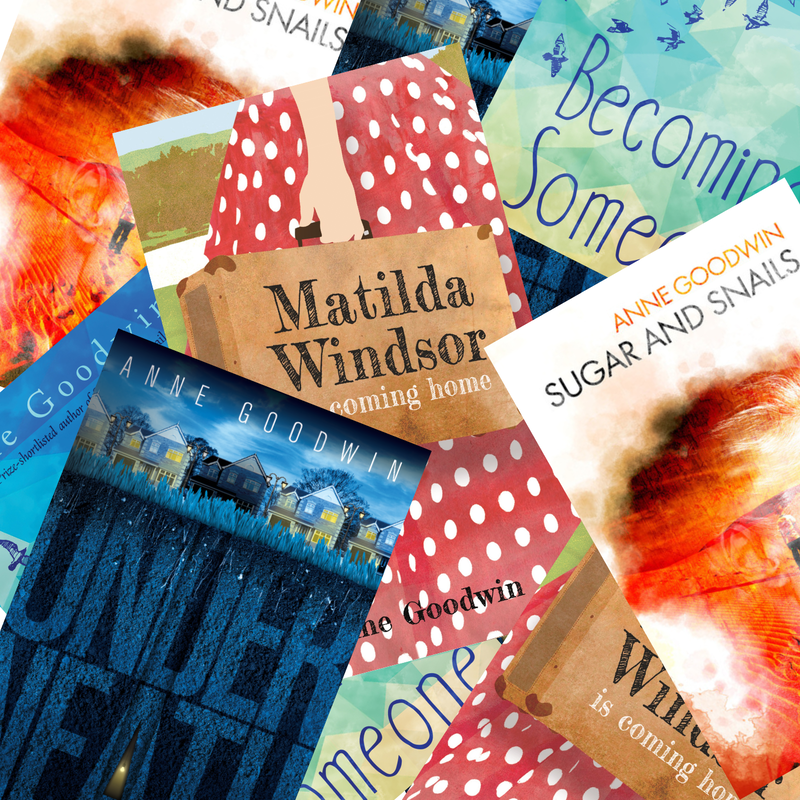
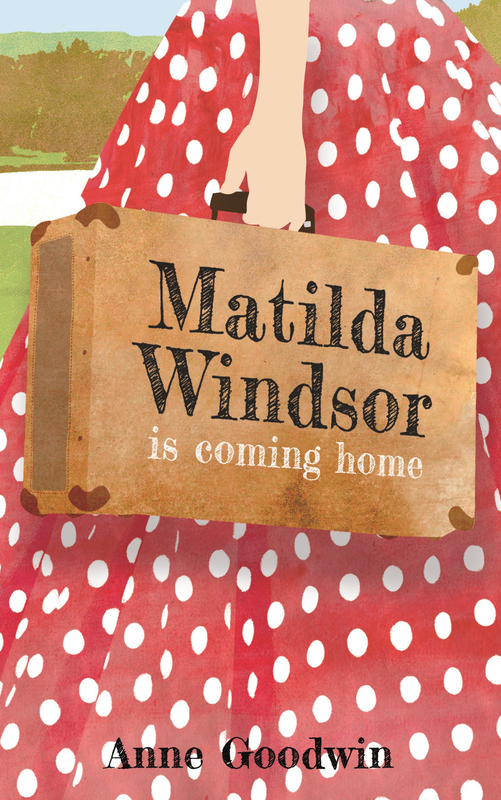
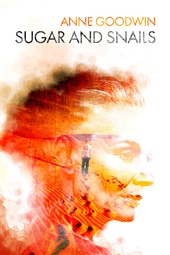

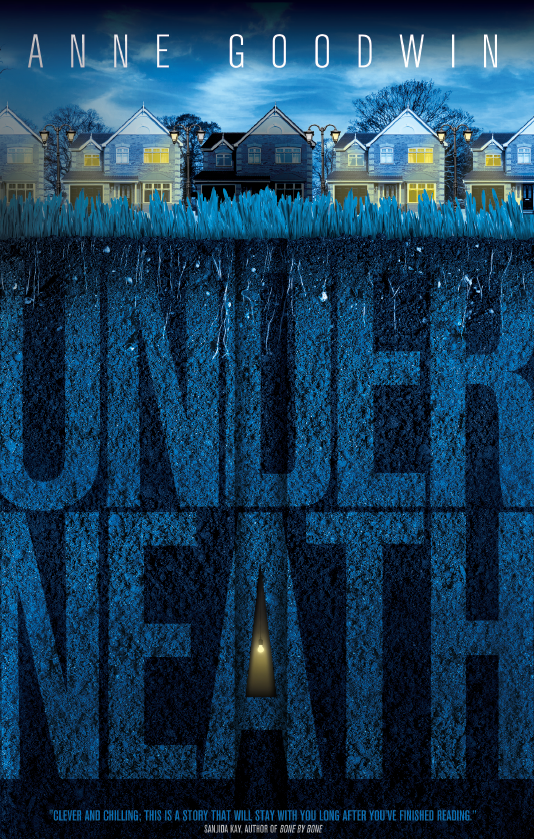
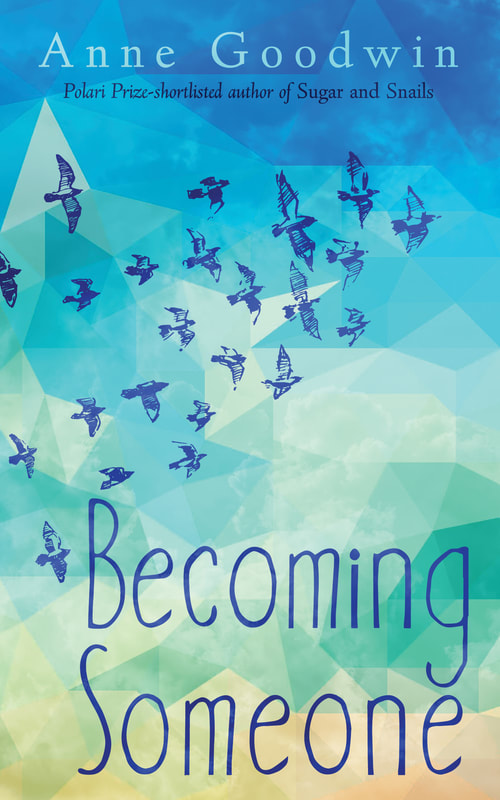






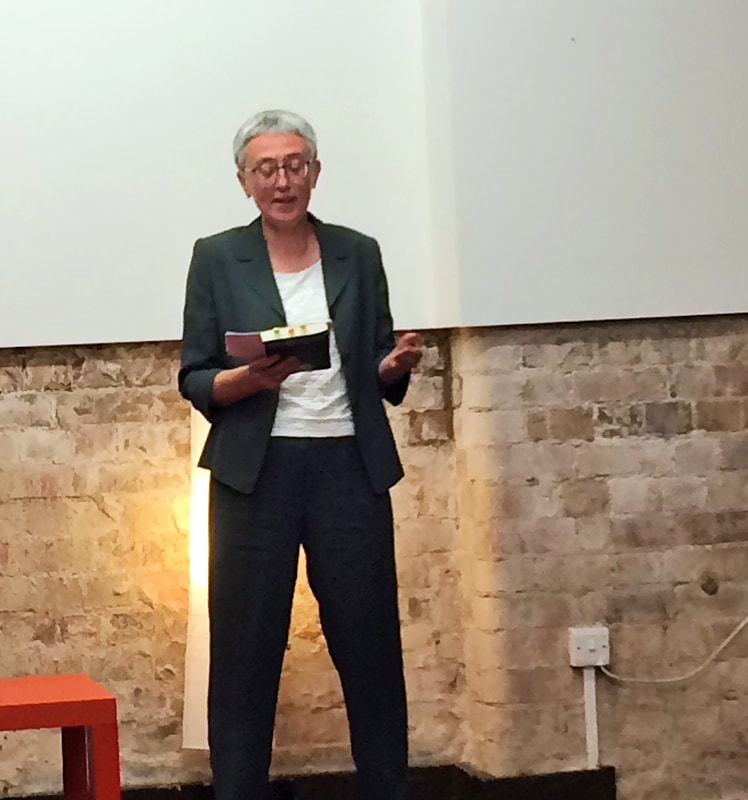

 RSS Feed
RSS Feed



